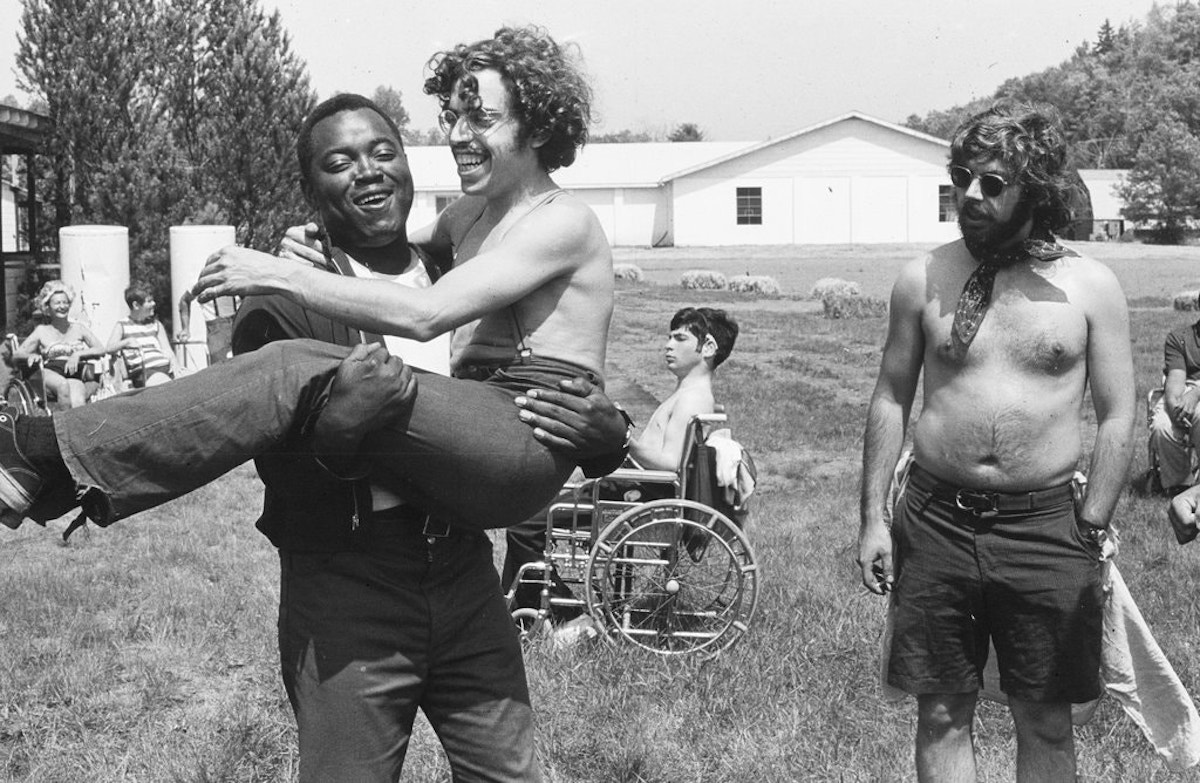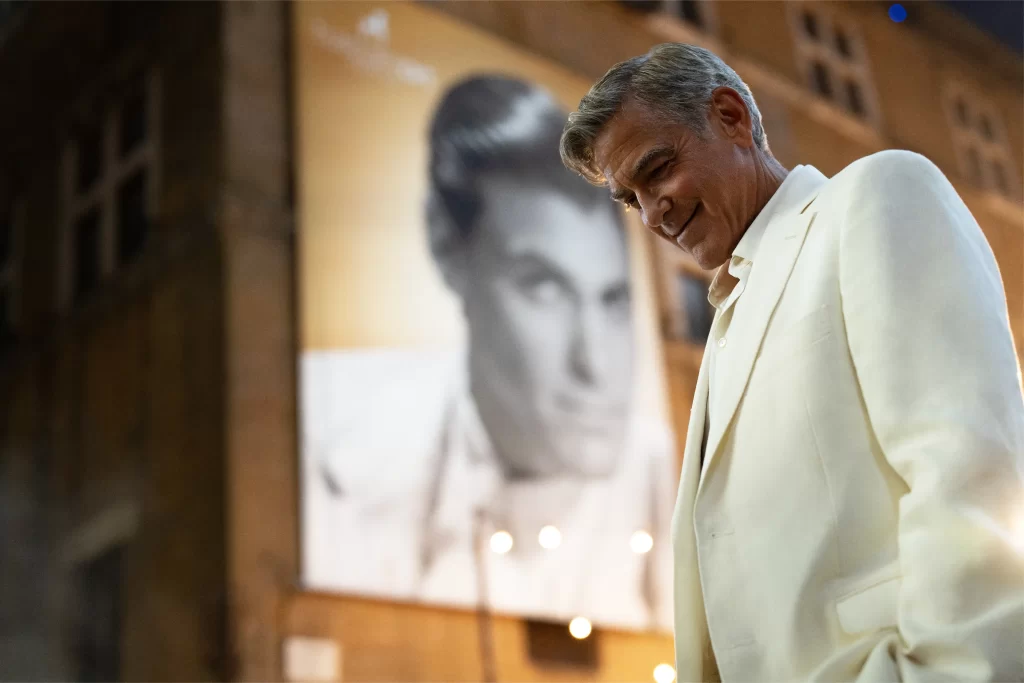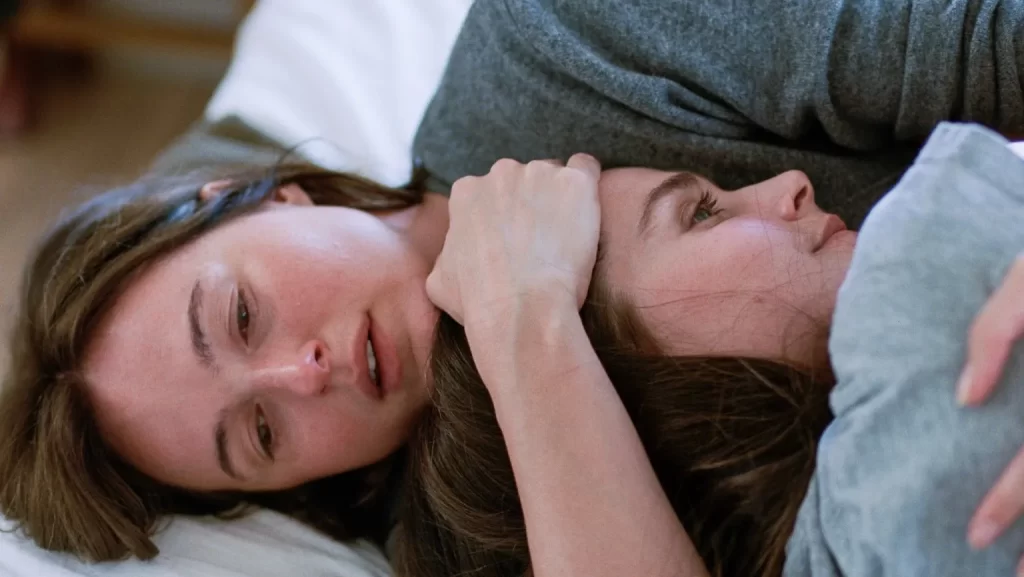Right now, inspiring stories feel like a vitamin supplement. To get through these uncertain times, we’re going to need to hear stories about people who beat the odds against them, and the relationships that helped them do it. We need to be reminded about the power of community (even if we can’t always see the members of our own communities face-to-face), and the stunning things people can accomplish when diverse groups come together to support a common good.
In that sense, Crip Camp: A Disability Revolution couldn’t be better timed. The documentary about a summer camp for disabled kids and adults that produced a generation of disability activists in the ‘60s and 70s isn’t stylistically groundbreaking. The story it tells, however, and the characters it introduces will lift your spirits and undoubtedly trigger a detoxifying sob session.
Directors Nicole Newnham and James Lebrecht (who was also part of the community profiled in the film) are our guides to Camp Jened, a summer camp in the Catskills that operated from 1951-1977, serving disabled adults and teenagers. Camp Jened allowed campers to participate in practically every activity a typical camp would offer, and campers and counselors (who were both abled and disabled) ran the camp together. As the former Jened campers attest, this was the first time in many of their lives that they were treated as fully capable, and were able to explore parts of life that were otherwise limited or closed to them outside of the camp.

That sense of independence and possibility carried over into the campers’ lives after they left Jened. Many went on to work in disabled civil rights, and their efforts helped the former campers reconnect and establish an intentional community and independent living organization in San Francisco. That in turn inspired a movement, and a protest that carried from the California State Capitol building all the way to Washington, D.C., which eventually helped the creation and ratification of the Americans with Disabilities Act.
The centerpiece of Crip Camp is an astounding multi-week protest led by indomitable former Jened camper and activist Judy Heumann, who staged a sit-in at the California statehouse to demand changes in the 1973 Rehabilitation Act. Occupying a public space like that would be demanding even for a fully-abled person, and the film addresses the added intensity of the challenges for disabled participants. The protest brings together some surprising allies from outside groups, and makes the disabled community Heumann and her fellow campers and activists created that much stronger.
The other joy of the film is watching the personal development of these campers over time as they support each other’s growth. Archival footage shows them as goofy young kids discovering themselves. As they get older, and push the boundaries of what’s expected of them, their personalities blossom. We see individuals severely disabled by cerebral palsy and polio live on their own, further their education, get married, and start families. Paralyzed adults pursue careers in activism, academia, and the arts, and make their workplaces adapt to their needs.
Crip Camp is fairly unremarkable in its form. It hits the expected needle drops (can we call a moratorium on Buffalo Springfield in 1960s-set movies and docs?) and features a standard mix of talking heads, photos and archival footage. However, its message — of what’s possible with an open mindset and a supportive community of friends and allies — is empowering and touching. It’ll leave you with a tear in your eye and a smile on your face, and may even inspire you to call up an old friend you haven’t talked to in a while. In other words, it’s exactly the kind of movie a lot of us need right now.
“Crip Camp” is now streaming on Netflix.



